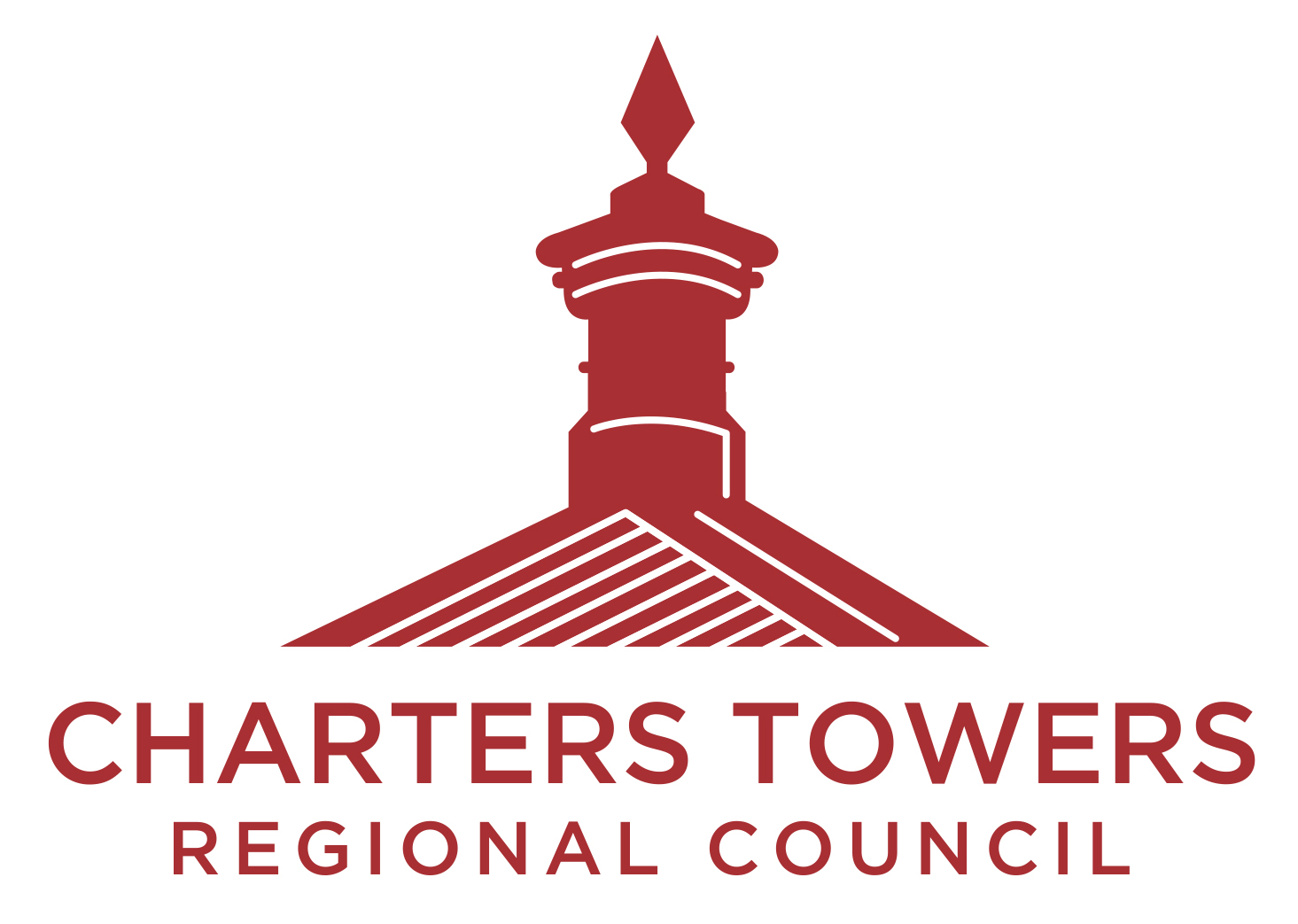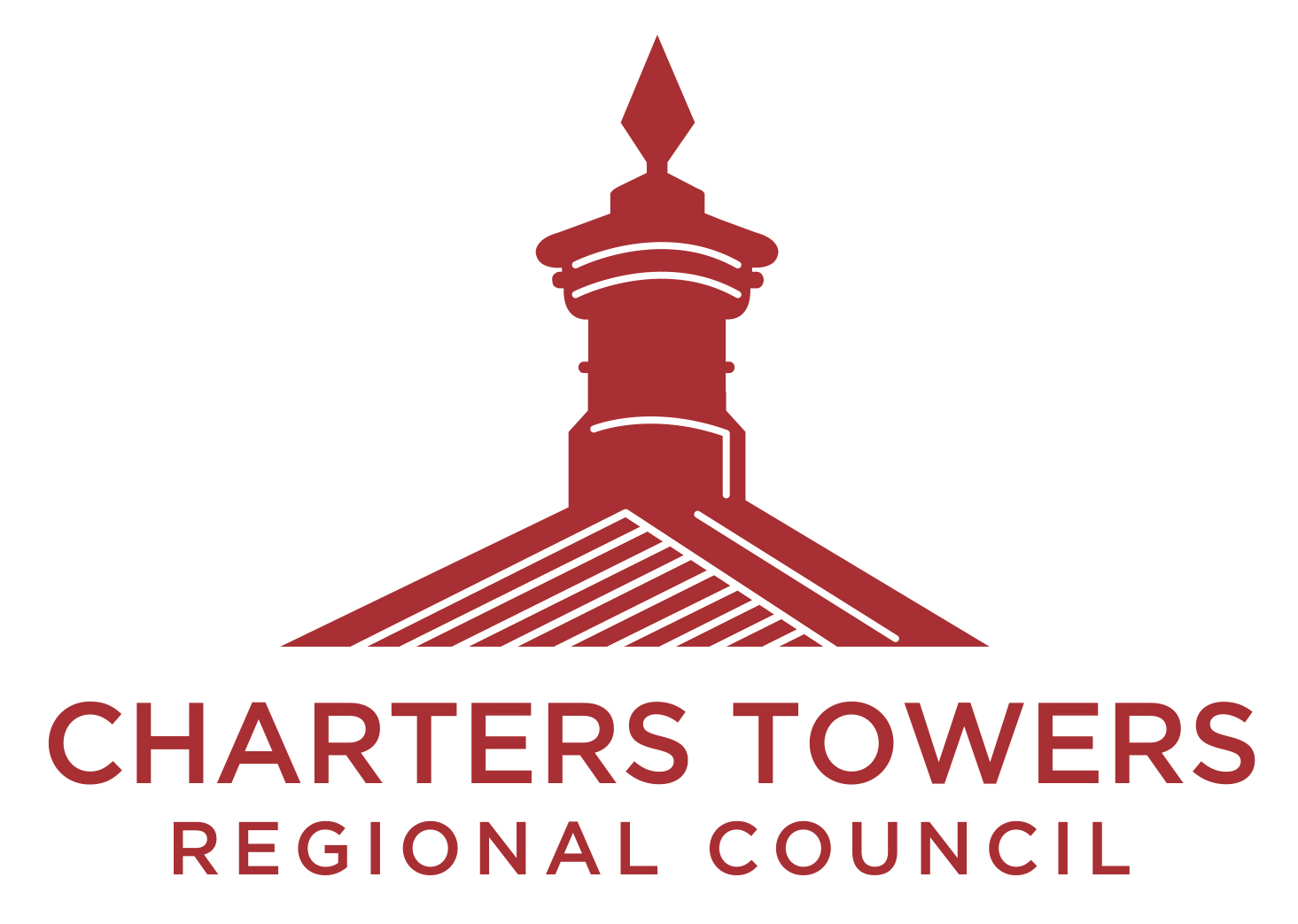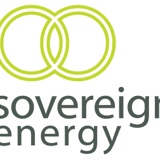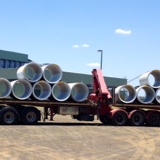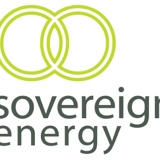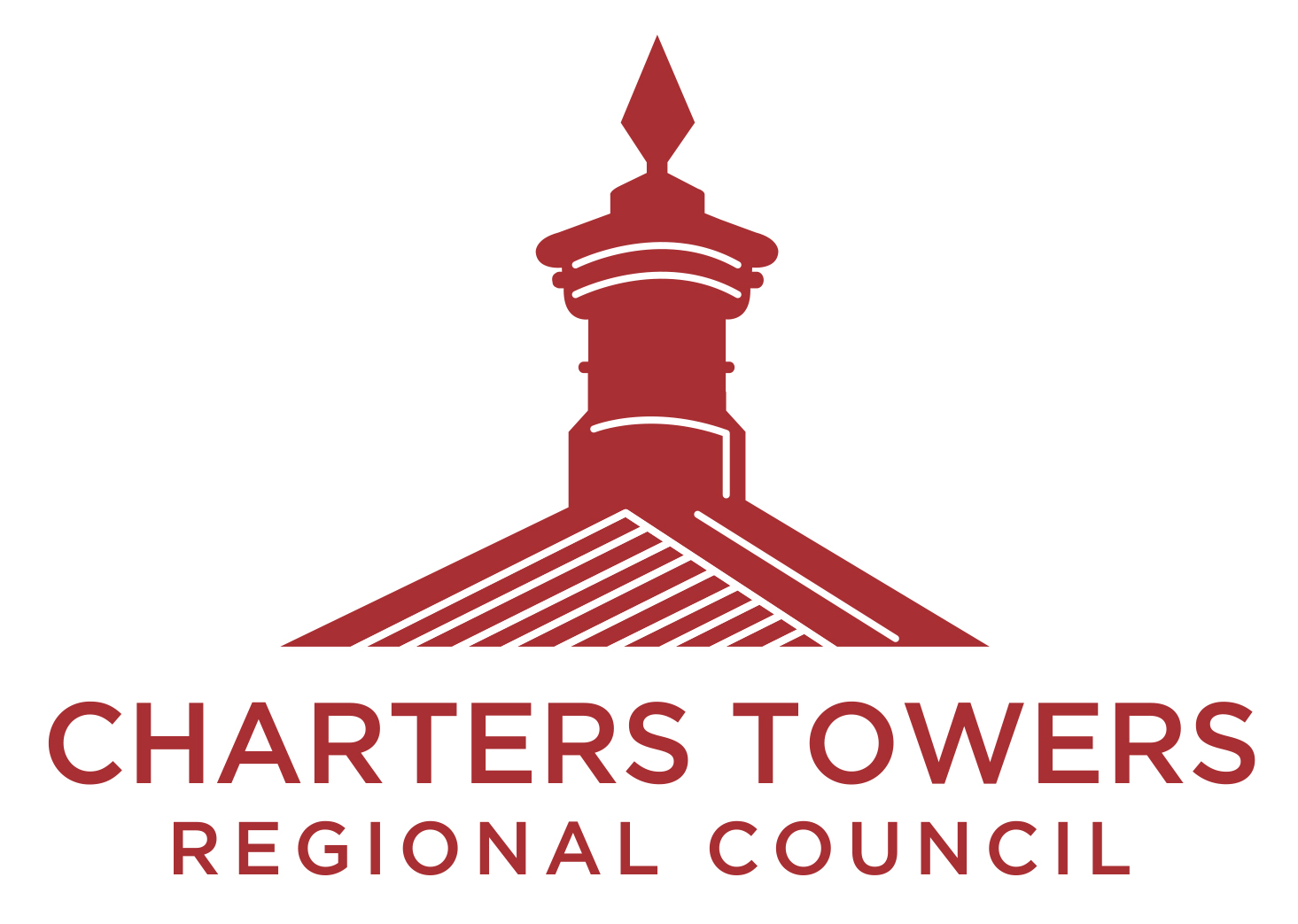Information
-
Insert main photo
-
Document No.
-
Incident Investigation Report
-
Title
-
Conducted on
-
Lead Investigator
-
Location
-
Personnel
-
This document must not be copied
ICAM Investigation
Incident Type
-
Select Incident Types
- Fatality
- Lost Time Injury
- Medical Treatment
- Near Miss
- Damage
- Other
-
List incident type
-
F0423 - Incident Schedule
Incident Level (Refer to F0423). NOTE: Consider the potential not just the outcome.
-
Incident Level
Incident Date
-
Select date
Investigation Team
Distribution
Incident Detail
-
Injured Persons Name
-
Company
-
Medical Treatment
-
Description of damage
-
Total Incident Cost
-
Risk Rating
-
Environmental Impact
Incident Description
Executive Summary
Incident Timeline
-
Critical Event
-
Event details
Photo Log
-
Photo #
-
Insert photo
-
Brief desription
Witness statements
-
Insert witness statements
Sketches or diagrams
-
Draw diagrams of incident scene
Contributing Factors
Task / Environmental Conditions
-
Not in proper working order
-
Not suitable for the physical needs of the person
-
Not capable of performing the expected task
-
Not being properly maintained
-
Not safe by design
-
Not constructed without defect
-
Defective due to excessive use, misuse and/or abuse
-
Without the appropriate guards and controls
-
Equipped with necessary warning systems? Were they working
-
The lighting was inadequate
-
Noise or Vibration was a factor
-
Heat or cold was a factor
-
Personal protective equipment was not readily available
-
Path of vision was blocked
-
Equipment and materials were not stored/installed in the designated area
-
Work area was not clean and free of debris
-
The work station was not designed to fit the needs of the individual
-
Warning signs were not in place in designated areas
-
Protruding objects were in the workplace
-
Harmful amounts of contaminants in the air
Procedures or Work Method
-
The Standard Work Instruction was inaccurate
-
The Standard Work Instructions were not encouraged or reinforced
-
The best procedures were not being used for the process
-
Personal protective equipment was not being used property
Absent or failed defences
-
Defective
-
Not the correct on to use in the process
-
Inappropriately altered or changed in any way
-
Flammable
-
Potentially harmful
-
Damaged in storage
-
In a changed state (eg. liquid to vapour)
-
Giving off harmful fumes, odours, dusts etc.
Individual / Team Action
-
Have not received the necessary training
-
Do not know how to use the equipment
-
Do not know the hazards related to the job
-
Are not confident in their ability to complete the task properly
-
Are influenced or pressured by peers
-
Are influenced by inadequate to inappropriate incentives
-
Trying to save time or effort, avoid discomfort or attract attention
-
Are they injured, ill or fatigued
-
Are they some what distracted (mind on other things)
-
Are they angry, stressed etc
Organisational Failures - Basic Causes
-
Lack of Hazard Identification or Risk Assessment
-
Lack of training, skill or knowledge
-
Lack of Change Management
-
Production expectations in conflict with WHS best practices
-
Good housekeeping rules not enforced
-
Program's not in place to encourage WHS procedures and practices
-
Rules and Procedures not enforced appropriately
-
Legislative and company standards not being followed
-
Maintenance and Inspections program's were inadequate
Conclusions or Observations
Corrective and Preventative Actions
-
Corrective Action
-
Corrective action details
To be actioned by
-
Full name
Expected Completion date
-
Select date
Investigation Review Checklist
-
Has the unsafe condition been corrected
-
Has the unsafe practice been corrected (procedure people follow)
-
Are the users satisfied with the changes
-
Has the work method been reviewed with all users
-
Is the work method readily available to the users
-
Do users require training
-
Has the ELT management team reviewed changes
Feedback & Approvals
Supporting Documentation
-
Supporting document
-
List details of additional supporting documentation and upload or attach documents to the final report
Significant Learnings for communication to the organisation
Report Sign-off
-
Involved Person
-
Involved Person (s)
-
Comments
Supervisor
-
Supervisor
-
Feedback to the involved person (s) Supervisor (s) and comments comments
-
Director acceptance of findings and comments
-
Comments
-
Senior Work Health & Safety Advisor acceptance of findings and comments
-
Comments:
-
CEO acceptance of findings and comments
-
Comments
-
This report has been prepared for the purpose of advancing safety.
-
The report is confidential and subject to limited distribution.
